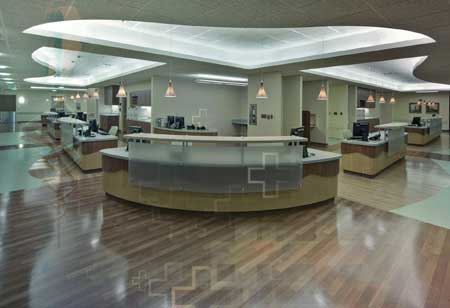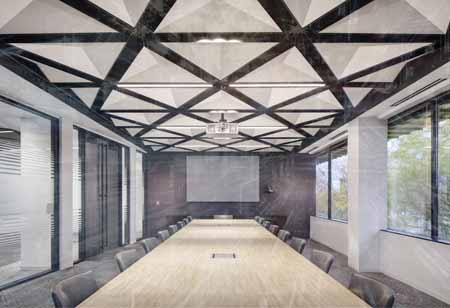THANK YOU FOR SUBSCRIBING

Unveiling The Transformative Power of Acoustic Design in Healthcare
Jasper Hayes, Acoustical Innovation Director, AECOM

 Jasper Hayes, Acoustical Innovation Director, AECOM
Jasper Hayes, Acoustical Innovation Director, AECOMAcoustics is paramount in healthcare. It influences patient outcomes by alleviating stress, improving communication, and optimizing sleep quality.
FREMONT, CA: In healthcare, where the focus is primarily on medical treatments and sophisticated technologies, the role of environmental factors often goes unnoticed. However, recent studies and observations have pinpointed the crucial impact of acoustics on healthcare environments. The complex relationship between sound and the healing process has prompted a thorough exploration and refinement of acoustic design in healthcare environments. This aims to cultivate an environment that is more conducive and therapeutic for patients.
Understanding Acoustics in Healthcare
Acoustics stands paramount in molding the auditory ecosystem within healthcare facilities. The noise levels in hospitals, clinics, and healthcare centers create an environment that is stressful for patients and detrimental to the healing process. Excessive noise impedes communication between healthcare professionals and patients, disrupts sleep, and increases stress levels, ultimately hindering recovery.
Creating a Healing Soundscape
Designing healthcare environments with acoustics in mind encompasses creating a balanced and healing soundscape. Implementing sound-absorbing materials, strategic placement of furniture, and harnessing acoustic panels facilitate minimizing unwanted noise and creating a more serene atmosphere. A calm and quiet environment comforts patients and aids in concentration for healthcare providers, leading to more effective and accurate care.
Reducing Stress and Anxiety
Studies have indicated a direct correlation between noise levels and patient stress and anxiety. Excessive noise in healthcare settings heightens cortisol levels, the stress hormone affecting the immune system and overall well-being. Incorporating acoustic design principles transforms healthcare environments into spaces that nourish relaxation and reduce stress, contributing to better patient outcomes.
Enhancing Communication
Effective communication is paramount in healthcare, and acoustics plays a crucial role in ensuring clear and accurate interactions between healthcare professionals, patients, and their families. Properly designed acoustic spaces enable better communication by minimizing background noise, empowering patients to comprehend medical instructions, and enabling healthcare providers to convey information without interference. Enhanced communication promotes a sense of trust and understanding, vital elements in the healing process.
Optimizing Sleep Quality
Quality sleep is important for the recovery of patients in healthcare settings. However, constant noise disruptions impact sleep patterns, leading to fatigue and slower healing. Acoustic interventions, such as soundproofing rooms and integrating materials that absorb noise, contribute to a quieter environment conducive to restful sleep. Enhanced sleep quality has been linked to enhanced patient outcomes and a faster recovery process.
Acoustics transcends mere noise reduction, influencing the soundscape within healthcare environments for healing benefits. Introducing nature sounds, calming melodies, or gentle chimes actively nurtures peace and relaxation. Better-crafted soundscapes alleviate stress, improve sleep quality, diminish pain perception, and uplift mood.
Looking ahead, technological development promises personalized soundscapes that resonate with individual patients and real-time adjustments based on biofeedback data. This evolution underlines the profound impact of acoustics on patient well-being, staff productivity, and overall healthcare outcomes. Prioritizing acoustics empowers healthcare facilities to orchestrate spaces that heal the body and nurture the soul, reshaping the healthcare soundtrack into a symphony of recovery.
Read Also


















ON THE DECK